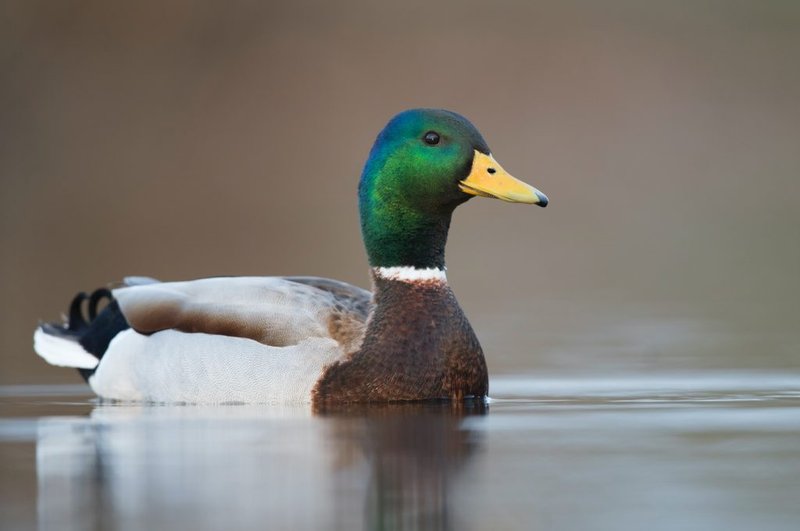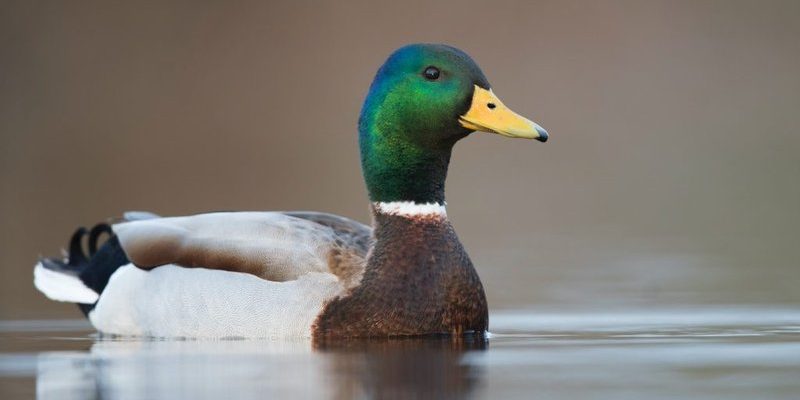
Understanding the Mallard’s Status
First, let’s clarify what we mean by the Mallard’s conservation status. According to the International Union for Conservation of Nature (IUCN), Mallards are classified as “Least Concern.” This essentially means that while they face threats, their population is currently stable and they are not at immediate risk of extinction. That’s a relief, right?
But don’t get too comfortable. The classification doesn’t mean they are entirely safe. Environmental changes and habitat loss can still impact their numbers. The reality is that while Mallards are doing well in many areas, their future can still be unpredictable, especially with changing climates and human activities.
So, what does this “Least Concern” designation imply in practical terms? Well, it means that for now, conservation efforts can focus on more endangered species, but it doesn’t allow us to ignore the Mallards altogether. After all, every bird counts when it comes to maintaining biodiversity.
Population Trends and Distribution
The Mallard duck has a broad distribution across the globe. From North America to Europe and Asia, these birds can thrive in various environments, including wetlands, parks, and even urban areas. With a large breeding population, it’s estimated that there are millions of Mallards in the wild. However, keep in mind that not all regions see the same population stability.
In North America, for instance, the U.S. Fish and Wildlife Service conducts regular surveys of waterfowl populations, and Mallards consistently rank among the most abundant ducks. You might find them flocking to pond edges in city parks or foraging for food in shallow waters.
Despite their overall abundance, the situation can differ greatly depending on local conditions. Areas experiencing severe habitat degradation—like wetlands being drained for development—can see Mallard numbers plummet. This variability highlights the importance of local conservation efforts, ensuring that these lovely ducks remain part of our natural landscapes.
Challenges Facing the Mallard
You might be wondering, what challenges do Mallards face if they’re not considered endangered? Honestly, even a “Least Concern” species can encounter significant threats. Here are a few key issues affecting Mallard populations:
- Habitat Loss: Urban expansion, agriculture, and industrial development lead to the destruction of wetlands where Mallards nest and feed.
- Pollution: Contaminated water bodies from runoff can affect their health and food supplies, impacting their ability to thrive.
- Climate Change: Changes in weather patterns can alter migration routes and nesting times, making survival more complicated.
- Hunting Pressure: While regulated, hunting can still impact local populations, especially in areas where numbers are already declining.
Each of these factors can contribute to localized decreases in the Mallard population, even if the species as a whole is doing well. The interconnectedness of ecosystems means that the health of Mallards reflects broader environmental conditions.
Efforts to Support Mallard Populations
Even though Mallards aren’t classified as endangered, various organizations and individuals are working to ensure their habitats remain secure and vibrant. Conserving wetlands is crucial not just for Mallards but for countless other species as well. So, what are some actions being taken?
1. Wetland Restoration: Various projects aim to restore degraded wetlands, which can help provide suitable breeding and feeding grounds for Mallards. Local communities often get involved, bringing attention to the importance of these ecosystems.
2. Pollution Control: Efforts to reduce agricultural runoff and improve water quality are essential. Cleaner water means healthier ecosystems for all wildlife, including our friendly Mallards.
3. Public Awareness: Educating the public about the importance of Mallards and their habitats can foster support for conservation. Schools and nature centers often play a vital role in raising awareness through programs and activities.
4. Hunting Regulations: Hunting regulations help manage populations responsibly. When done right, this can sustain both the Mallard population and the traditions of waterfowl hunting.
These efforts are vital for not only keeping Mallard populations stable but also ensuring that our wetland ecosystems remain robust and diverse.
The Role of Mallards in Ecosystems
You might not realize it, but Mallards play an important role in their ecosystems. They help maintain the health of wetlands through their feeding habits. By foraging for aquatic plants, insects, and small invertebrates, they aid in controlling plant growth and supporting the overall balance of their habitats.
Additionally, they serve as prey for various predators, including foxes, hawks, and raccoons. This connection helps to maintain the food web, illustrating how every species, even the seemingly common ones like the Mallard, contributes to the larger picture.
In a way, Mallards act as indicators of environmental health. A thriving population often signals a healthy ecosystem, while a decline can point to underlying issues that need to be addressed. So, keeping an eye on these ducks isn’t just about them; it’s about ensuring our environment thrives.
So, is the Mallard threatened or endangered? As of now, they are classified as Least Concern, which means they are not facing immediate extinction risks. However, that doesn’t mean they’re out of the woods. The challenges they face—from habitat loss to climate change—require constant attention and action.
By taking proactive measures to support wetlands and raise awareness about these remarkable birds, we can help maintain healthy populations of Mallards for future generations. After all, these feathered friends add beauty and life to our landscapes. Let’s cherish and protect them, ensuring that every time we see a Mallard gliding across the water, we know we’ve played a part in their ongoing story.

